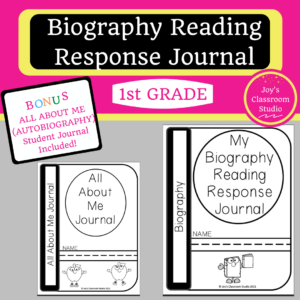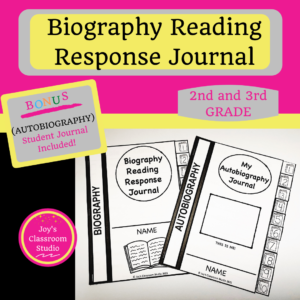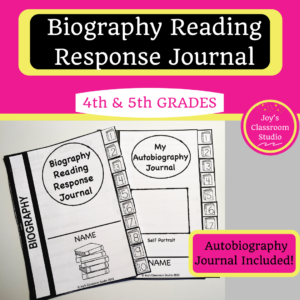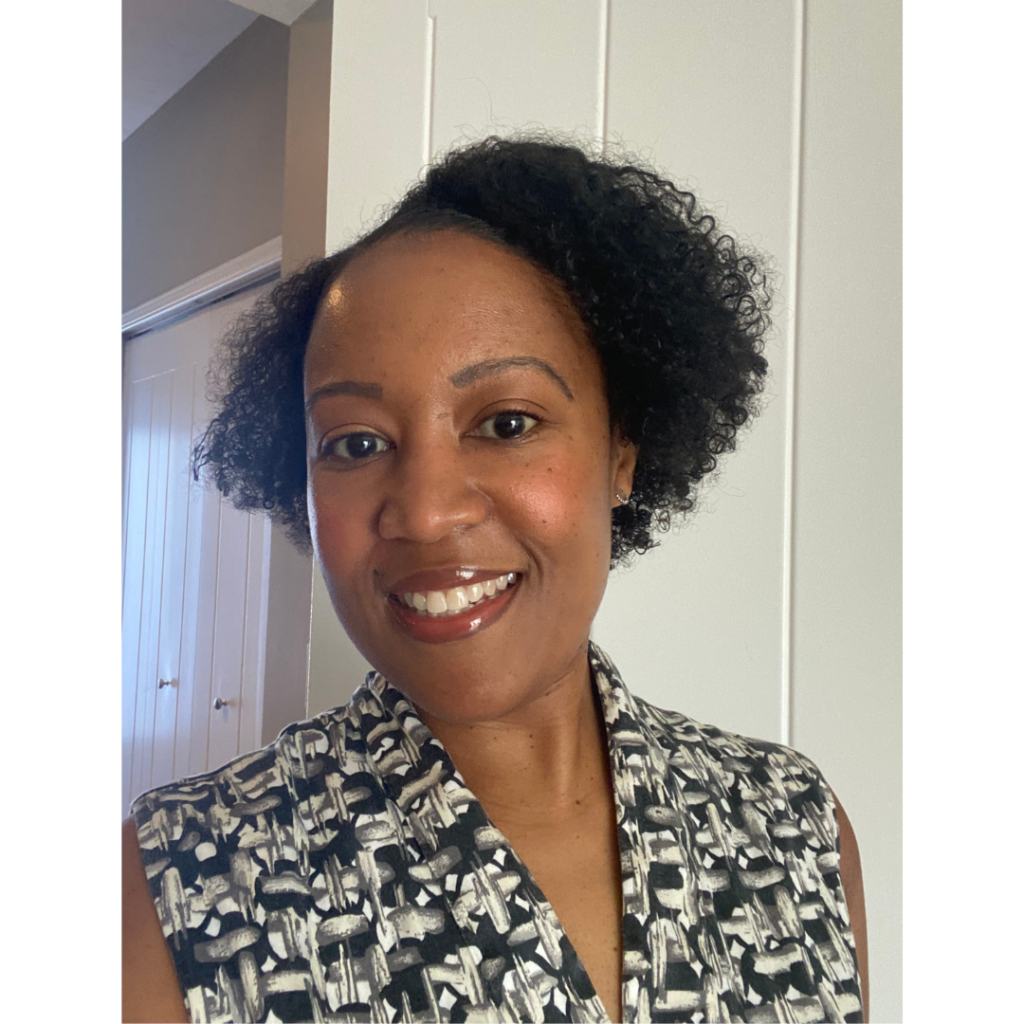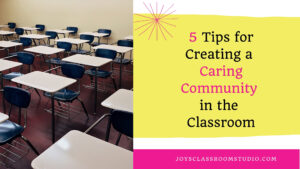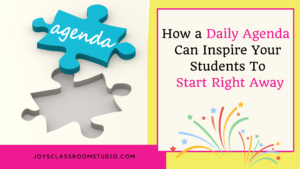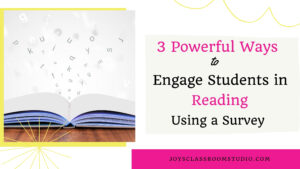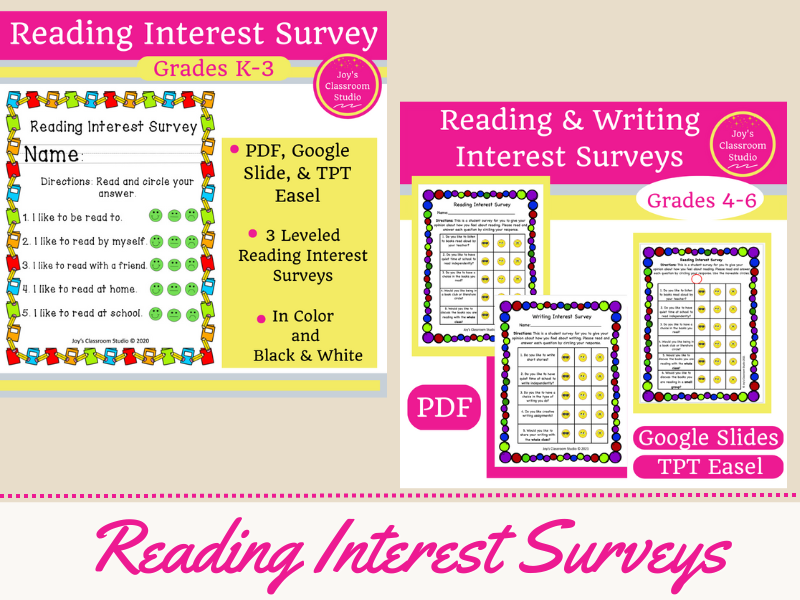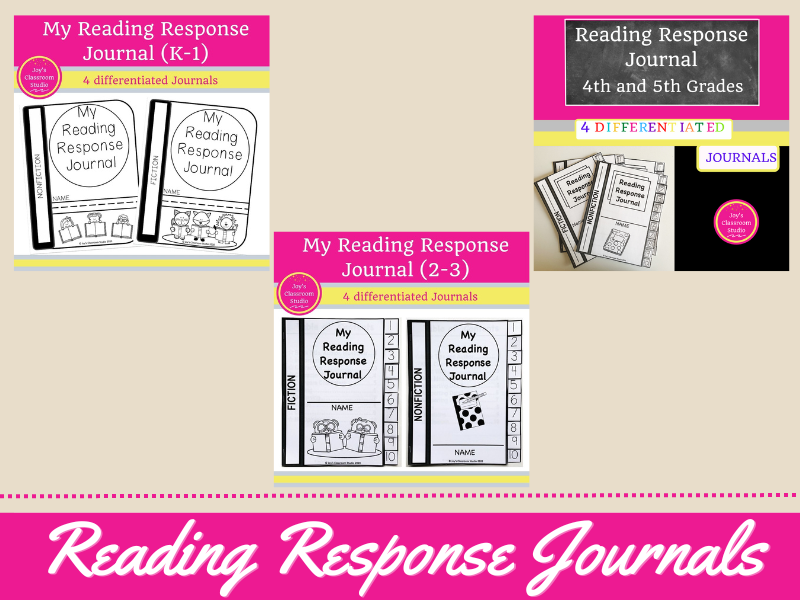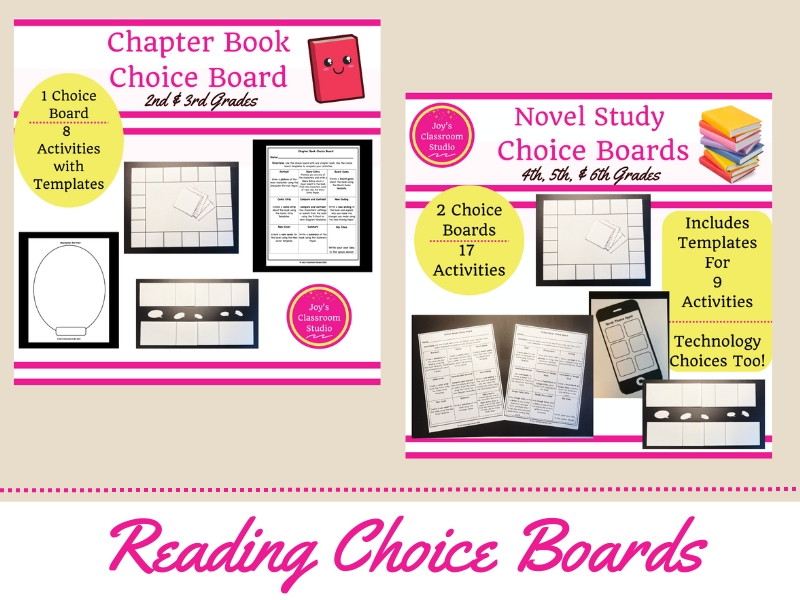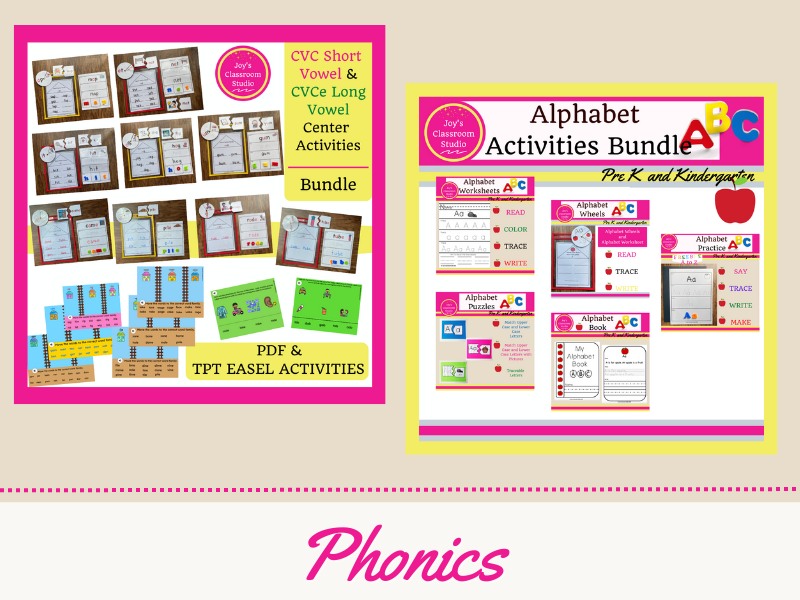
Women’s History Month Introduction
Women’s History Month is a significant time to recognize and celebrate women and their contributions to society. It is a time to focus on Women’s History Month classroom activities. Activities that you can do with your upper elementary students. Are you wondering how long Women’s History Month has been around? It was first started as Women’s History Week in March 1978. It was started to increase awareness of women’s contributions to society. March was chosen because of International Women’s Day on March 8th. In 1980 the week of March 8th was declared National Women’s History Week. It became known as Women’s History Month in 1987. If you are looking for some ways you can celebrate Women’s History Month in your classroom then keep reading.
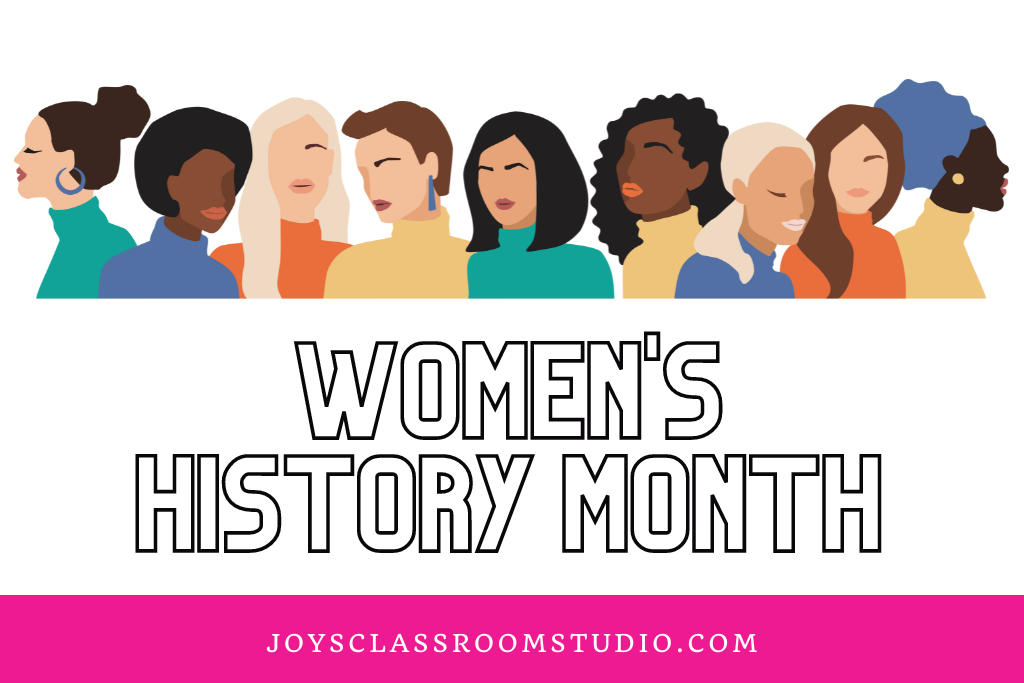
You could do many Women’s History Month classroom activities with upper elementary students to help celebrate the month. Perhaps you focus on reading literature or informational text from women authors throughout March. Maybe you bring in a collection of books and do book talks about women and their great achievements. Or you decide to have women come to your class or use video conferencing to discuss their careers. No matter what you agree to do. It’s imperative that we take time out during March to recognize and celebrate women who have done remarkable things!
Women’s History Month In My Classroom
This Women’s History Month in my classroom I am focusing on women authors. I am doing book talks about women. And I am showing Flocabulary’s historical figures videos. Plus doing lessons that focus on women who have done notable things in our world. In this blog post, I focus on books I’m introducing to my students throughout the month of March.
Katherine Johnson
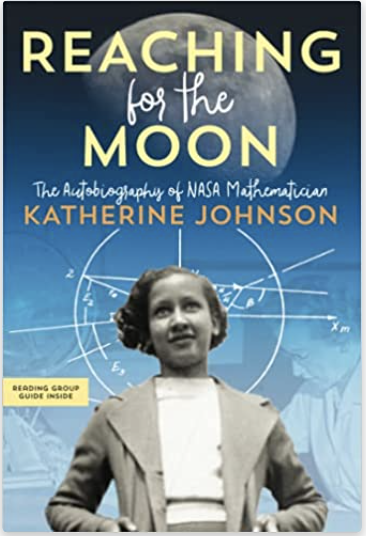
I started off with Katherine Johnson by Ebony Joy Wilkins and Hidden Figures: by Margot Lee Shetterly. Both are fantastic texts that tell about Katherine Johnson’s life and her work at NASA. I did a brief book talk on the autobiography Reaching For The Moon: The Autobiography of NASA Mathematician Katherine Johnson. I wanted my students to know she was also an author and wrote about her own life!
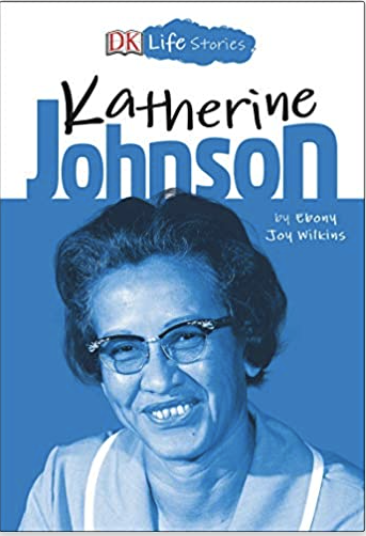
It’s important for our students to see a variety of women in all areas of life, especially in STEM. Women are underrepresented in science, technology, engineering, and mathematics. So it’s imperative for us as teachers to include women in STEM in our lessons. Women’s History Month is a great time to do this! And we also need to include women in STEM year-round in our classrooms.
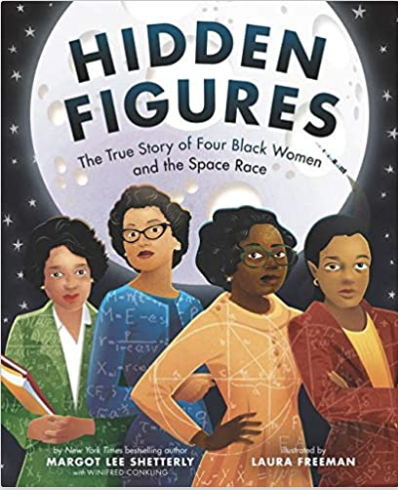
Katherine’s love for numbers since she was a young child gave her clues into what she was interested in learning. As she got older she built upon this love and expanded her knowledge of numbers. Seeing how her life unfolded can help our students. They can see that the interest they have today may lead them to a career later in their life.
Katherine Johnson not only showed us what a great mathematician she was but also how she had to overcome injustices. Injustices directed towards her due to the fact that she was African-American and a woman. It was Katherine’s inquisitiveness that lead her to break down barriers and make a way for herself and others.
Sonia Sotomayor
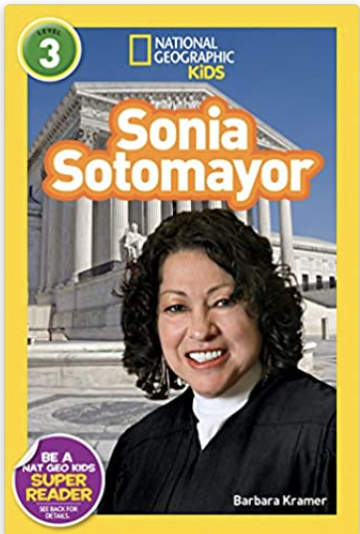
National Geographic Kids: Sonia Sotomayor details the life of Sonia Sotomayor. She’s the third woman and the first Hispanic justice to serve on the Supreme Court. The book talks about how from the early age of 10 she wanted to be a judge. The text begins with talking about her upbringing in New York City and how her parents were from Puerto Rico.
Students can learn a lot from Justice Sotomayor’s determination as a young child to make her dreams become a reality. It is worth mentioning to students how she sought out help when she wanted to improve her grades. As a result of this, she received many honors and a scholarship to Princeton University.
Students may also be able to relate to how often times she felt as if she didn’t belong. But she pressed on in spite of the fact that she grew up poor. She was also diagnosed with diabetes at an early age. Her determination and strength at accomplishing her goals is inspiring! Students will be encouraged to hear the challenges she overcame as a Hispanic woman. Plus learn that Sonia Sotomayor was the first to do a lot of things.
Grace Hopper
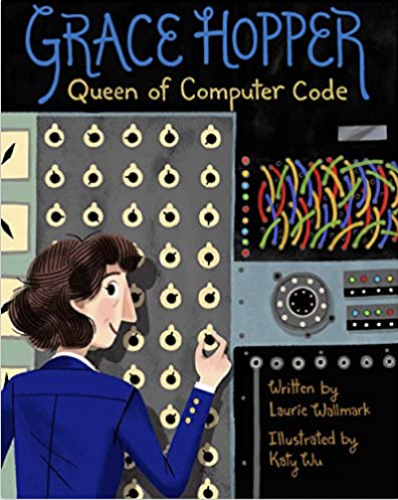
Grace Hopper Queen of Computer Code by Laurie Wallmark details the life of Grace Hopper. I enjoyed reading this book and learned a lot about her just from this book alone. Students will appreciate the illustrations that help support the text in a whimsical way. Especially how it demonstrates her creativity as a child and how she carried that through adulthood.
Grace Hopper Queen of Computer Code is an excellent choice to use during Women’s History Month. Students will learn about a woman who dedicated her life to solving computer problems. She was the first person to think of using English words in programs. She is also known to have come up with the term “computer bug”. This was due to a dead moth that was found in a computer causing the computer to stop working. Students will learn about how she finished high school two years earlier and persisted in passing her college entrance exam. She was one of two women in class at Yale University during graduate school. She continued to press on and didn’t let that stop her from pursuing her dreams.
Conclusion
Women’s History Month is the perfect time to introduce our students to a variety of women. Women who have overcome adversity in order to accomplish their dreams. The books mentioned in this blog post are great for students to hear as read alouds or read themselves. Next week’s blog post Women’s History Month Book Collection Part II will focus on women born in the late 1990s. Notable women who our students may have recently heard about their great achievements in the news or on social media. Read “Women’s History Month Book Collection For Upper Elementary Part II’ here. My Biography Reading Response Journal helps students document key information about the people they are studying. Check out the products below with links to my TPT store.

